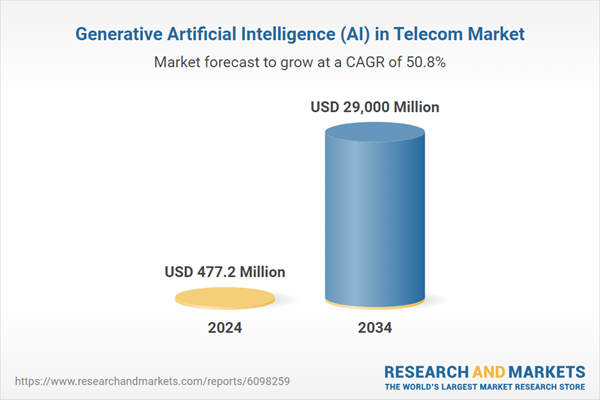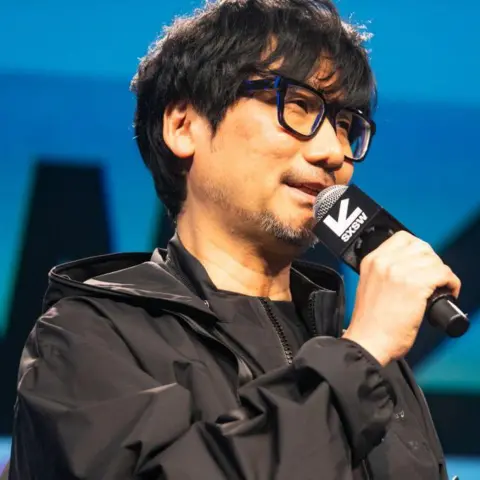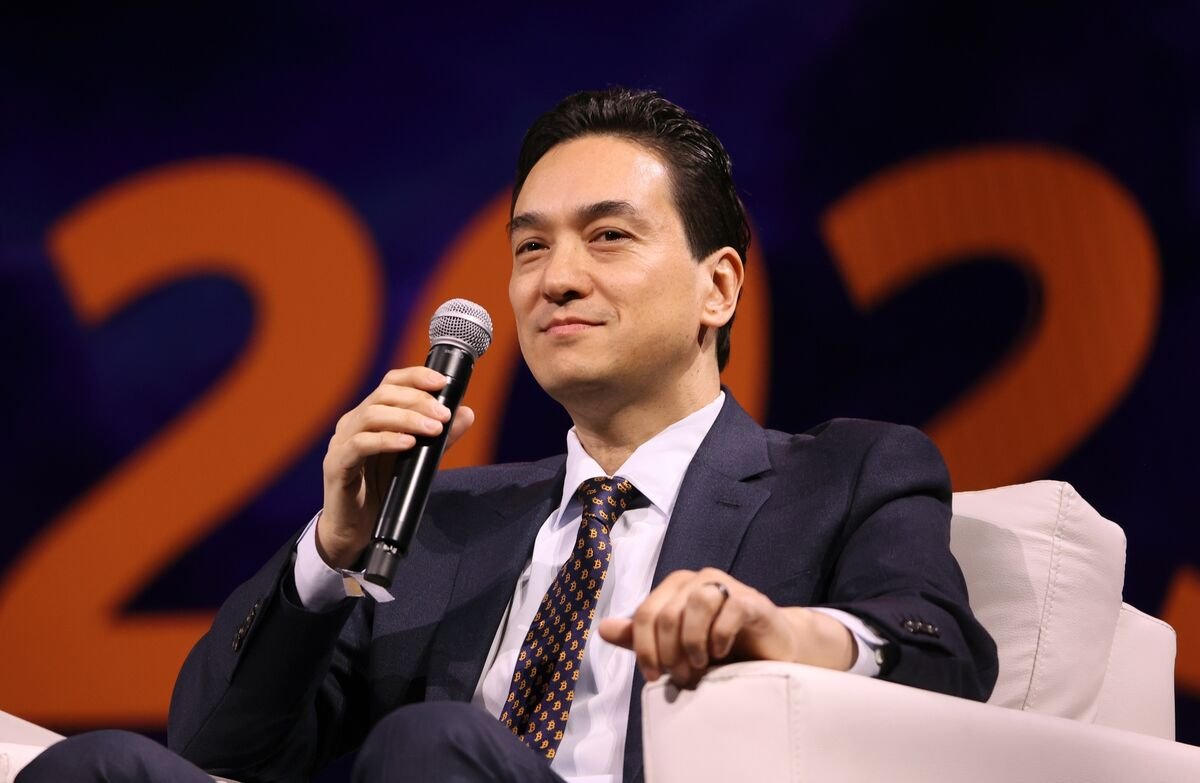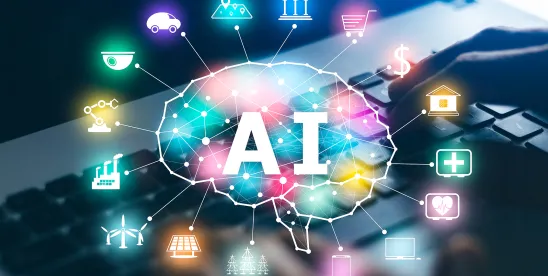Dublin, July 21, 2025 (GLOBE NEWSWIRE) — The “Generative Artificial Intelligence (AI) in Telecom Market Opportunities and Strategies to 2034” report has been added to ResearchAndMarkets.com’s offering.
This report describes and explains the generative artificial intelligence (AI) in telecom market and covers 2019-2024, termed the historic period, and 2024-2029, 2034F termed the forecast period. The report evaluates the market across each region and for the major economies within each region.
The global generative artificial intelligence (AI) in telecom market reached a value of nearly $477.15 million in 2024, having grown at a compound annual growth rate (CAGR) of 49.87% since 2019. The market is expected to grow from $477.15 million in 2024 to $3.76 billion in 2029 at a rate of 51.15%. The market is then expected to grow at a CAGR of 50.44% from 2029 and reach $29.0 billion in 2034.
Growth in the historic period resulted from the increasing digital penetration, expansion to rural area, development of smart cities and fraud detection and prevention in telecom. Factors that negatively affected growth in the historic period was lack of skilled professionals in AI. Going forward, the increase in deployment of 5G, increase in cloud computing, demand of IoT and connected devices and the increasing government initiative will drive the growth. Factor that could hinder the growth of the generative artificial intelligence (AI) in telecom market in the future include high implementation costs and cybersecurity threats.
North America was the largest region in the generative artificial intelligence (AI) in telecom market, accounting for 47.13% or $224.89 million of the total in 2024. It was followed by Asia-Pacific, Western Europe and then the other regions. Going forward, the fastest-growing regions in the generative artificial intelligence (AI) in telecom market will be Asia-Pacific and Middle East where growth will be at CAGRs of 61.94% and 57.92% respectively. These will be followed by Africa and South America where the markets are expected to grow at CAGRs of 55.78% and 54.44% respectively.
The global generative artificial intelligence (AI) in telecom markets is fairly fragmented, with large number of players operating in the market. The top 10 competitors in the market made up 16.43% of the total market in 2023. International Business Machines Corporation (IBM) was the largest competitor with a 2.62% share of the market, followed by Microsoft Corporation with 2.41%, Alphabet (Google LLC) with 2.14%, Amazon.com Inc. with 1.90%, Nokia Corporation with 1.50%, Telefonaktiebolaget LM Ericsson with 1.35%, Intel Corporation with 1.26%, Infosys Limited with 1.11%, Capgemini SE with 1.10% and Amdocs Limited with 1.05%.
The generative artificial intelligence (AI) in telecom market is segmented by type into text-based, image-based and voice-based. The text-based market was the largest segment of the generative artificial intelligence (AI) in telecom market segmented by type, accounting for 43.18% or $206.03 million of the total in 2024. Going forward, the voice-based segment is expected to be the fastest growing segment in the generative artificial intelligence (AI) in telecom market segmented by type, at a CAGR of 58.50% during 2024-2029.
The generative artificial intelligence (AI) in telecom market is segmented by component into software and services. The software market was the largest segment of the generative artificial intelligence (AI) in telecom market segmented by component, accounting for 70.30% or $335.45 million of the total in 2024. Going forward, the software segment is expected to be the fastest growing segment in the generative artificial intelligence (AI) in telecom market segmented by component, at a CAGR of 52.60% during 2024-2029.
The generative artificial intelligence (AI) in telecom market is segmented by deployment into on-premises, cloud-based, edge and hybrid models. The on-premises market was the largest segment of the generative artificial intelligence (AI) in telecom market segmented by component, accounting for 46.05% or $219.73 million of the total in 2024. Going forward, the edge segment is expected to be the fastest growing segment in the generative artificial intelligence (AI) in telecom market segmented by component, at a CAGR of 62.71% during 2024-2029.
The generative artificial intelligence (AI) in telecom market is segmented by application into network optimization, predictive maintenance, improved call center operations and customer support, personalized product or service recommendations, security and fraud detection, marketing and personalized product recommendations and other applications. The network optimization market was the largest segment of the generative artificial intelligence (AI) in telecom market segmented by application, accounting for 24.10% or $114.99 million of the total in 2024. Going forward, the security and fraud detection segment is expected to be the fastest growing segment in the generative artificial intelligence (AI) in telecom market segmented by application, at a CAGR of 58.89% during 2024-2029.
The top opportunities in the generative artificial intelligence (AI) in telecom markets segmented by type will arise in the text-based segment, which will gain $1.22 billion of global annual sales by 2029. The top opportunities in the generative artificial intelligence (AI) in telecom markets segmented by component will arise in the software segment, which will gain $2.44 billion of global annual sales by 2029. The top opportunities in the generative artificial intelligence (AI) in telecom markets segmented by deployment will arise in the cloud-based segment, which will gain $1.07 billion of global annual sales by 2029. The top opportunities in the generative artificial intelligence (AI) in telecom markets segmented by application will arise in the network optimization segment, which will gain $722.3 million of global annual sales by 2029. The generative artificial intelligence (AI) in telecom market size will gain the most in the USA at $1.12 billion.
Market-trend-based strategies for the generative artificial intelligence (AI) in telecom market include focus on adopting strategic partnerships approach to develop advanced telecom solutions, focus on developing innovative business support system (BSS) platforms to enhance customer engagement and operational efficiency, focus on prioritizing the development of AI models tailored for network automation, predictive maintenance, customer service optimization and revenue management, focus on strategic investments for developing advanced AI models, expanding cloud-based solutions and integrating AI into telecom infrastructure to drive efficiency and innovation, focus on developing innovative generative artificial intelligence suites to enhance customer experience, automate network management and optimize operations and focus on prioritizing the development of advanced technological solutions like GenAI Telco platforms to improve customer experience and optimize network performance.
Player-adopted strategies in the generative artificial intelligence (AI) in telecom market include focus on expanding business capabilities through partnership to expand its operational capabilities and expanding manufacturing capabilities through innovative launch.
To take advantage of the opportunities, the analyst recommends the generative artificial intelligence (AI) in telecom focus on enhancing bss platforms with advanced ai integration, focus on developing tailored ai models for telecom operations, focus on strategic investments and infrastructure integration to accelerate growth, focus on developing comprehensive generative ai solutions to enhance efficiency and customer experience, focus on developing genai telco platforms to enhance customer experience and operational efficiency, expand in emerging markets, continue to focus on developed markets, focus on tiered pricing models and value-based monetization, focus on strategic content partnerships and educational outreach, focus on event-driven marketing and thought leadership positioning, focus on developing targeted solutions for telecom end-users.
Major Market Trends
- Strategic Partnerships Driving Generative AI Advancements in Telecom
- Advancing Telecom Efficiency Through AI-Integrated BSS Platforms
- Innovative Telecom-Specific AI Models for Network Efficiency
- AI Investments Fueling Next-Gen Telecom Innovations
- Revolutionizing Network Management With Generative AI Suites
- Enhancing Telecom Operations and Sales With AI-Driven Innovation
Key Mergers and Acquisitions
- KDDI Corporation Acquired Elyza Inc.
Markets Covered:
- Type: Text-Based; Image-Based; Voice-Based
- Component: Software; Services
- Deployment: on-Premises; Cloud-Based; Edge; Hybrid
- Application: Network Optimization; Predictive Maintenance; Improved Call Center Operations and Customer Support; Personalized Product Or Service Recommendations; Security and Fraud Detection; Marketing and Personalized Product Recommendations; Other Applications
Key Attributes:
| Report Attribute | Details |
| No. of Pages | 349 |
| Forecast Period | 2024 – 2034 |
| Estimated Market Value (USD) in 2024 | $477.2 Million |
| Forecasted Market Value (USD) by 2034 | $29000 Million |
| Compound Annual Growth Rate | 50.8% |
| Regions Covered | Global |
Companies Featured
- International Business Machines Corporation (IBM)
- Microsoft Corporation
- Alphabet (Google LLC)
- Amazon.com Inc.
- Nokia Corporation
- Telefonaktiebolaget LM Ericsson
- Intel Corporation
- Infosys Limited
- Capgemini SE
- Amdocs Limited
- Subex
- Indosat Ooredoo Hutchison
- Telkom Indonesia
- Optus
- TPG Telecom
- Macquarie Telecom Group
- Tata Communications
- China Telecom
- China Mobile
- Baidu
- Tencent
- Huawei
- China Unicom
- Alibaba Group
- Nippon Telegraph and Telephone Corporation (NTT)
- GMO Internet Group
- SAKURA Internet Inc
- Highreso
- SK Telecom
- LG Uplus
- Naver Corporation
- Daewoo Information Systems
- Bouygues Telecom
- Deutsche Telekom
- Tietoevry
- SparkOptimus
- EY
- Iliad S.A
- Telefonica S.A
- Telecom Italia (TIM)
- BT Group plc
- Vodafone Group plc
- Telekom Romania Mobile
- STX Next
- Deviniti
- Esperanto Technologies
- 10Clouds
- Coherent Solutions
- Alltegrio
- Altom
- Optiva Inc.
- Rogers Communications
- Telus Communications
- Videotron
- SaskTel
- Cogeco
- OpenAI
- Anthropic
- Hugging Face
- Meta
- Synthesia
- Accenture
- Deloitte
- Netcracker Technology
- Transaction Network Services (TNS)
- Amdocs Limited
- Aira Technologies Inc
- Brasil TecPar
- HatchWorks
- Dualboot Partners
- Azumo
- Huawei Technologies Co
- e& Group
- Mobcoder
- Amdocs
- Aristek Systems
- Suffescom Solutions Inc
- Orange
- MTN
- Cassava Technologies
- Safaricom
For more information about this report visit https://www.researchandmarkets.com/r/n8sxja
About ResearchAndMarkets.com
ResearchAndMarkets.com is the world’s leading source for international market research reports and market data. We provide you with the latest data on international and regional markets, key industries, the top companies, new products and the latest trends.















































